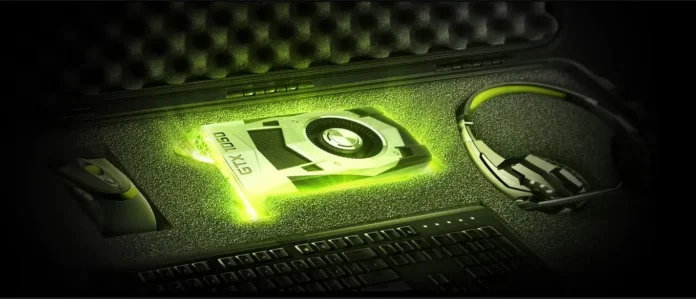If you’re in the market for a new laptop, you might have come across the Nvidia GeForce GTX 1050 Ti Max-Q.
This graphics card is designed specifically for thin and light laptops, offering a balance of performance and power efficiency.
In this review, we’ll take a closer look at the GTX 1050 Ti Max-Q and see how it performs in real-world scenarios.
Pros
- Affordable price
- Low power consumption
- Good performance
- Quiet operation
Cons
- Limited VRAM
- Not suitable for higher resolutions
- Not the best for VR
Pricing
This graphics card is priced at $150 USD.
Nvidia GeForce GTX 1050 Ti Max-Q Specifications
| Specification | Description |
| GPU Architecture | Pascal |
| CUDA Cores | 768 |
| Processor Size | 14nm |
| Base Clock | 1152 MHz |
| Boost Clock | 1291 MHz |
| Memory Speed | 1752 MHz, 7 Gbps |
| Standard Memory Config | 4 GB GDDR5 |
| Memory Interface Width | 128-bit |
| Memory Bandwidth | 112.1 GB/s |
| Max Power Consumption | 75 W |
| Thermal Solution | Active |
| Recommended System Power Requirement | 300 W |
| Dimensions | 26.8 x 16.2 x 1.5 cm |
Design
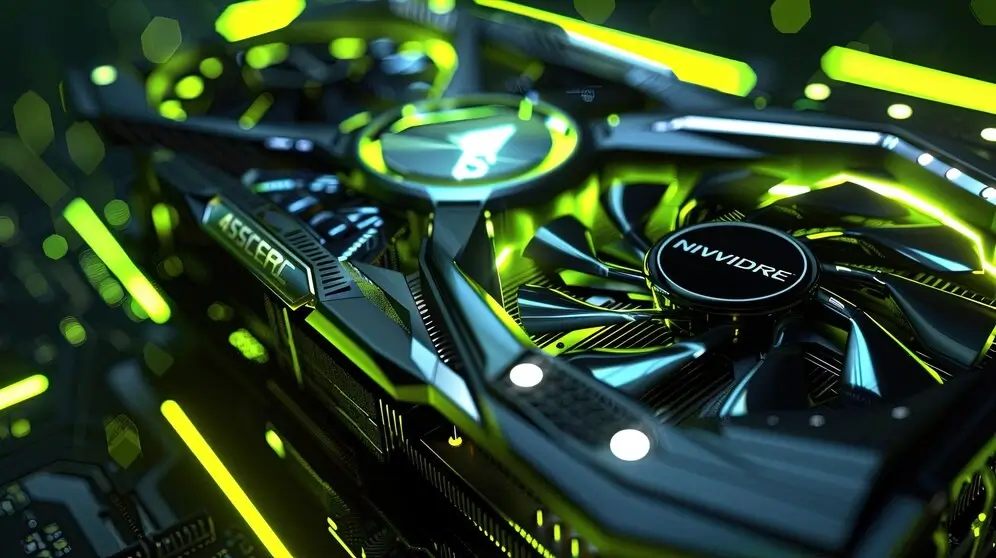
The Nvidia GeForce GTX 1050 Ti Max-Q is a graphics card designed for laptops. It is built on the 14nm process and based on the GP107 graphics processor.
The chip supports DirectX 12 and has a TDP of 40 to 46 watts.
The Max-Q design allows for a thin and light laptop compared to traditional gaming laptops. The card is optimized for efficiency and performance.
It is designed to provide a balance between power and battery life.
The card has a clock speed of 1152 MHz and a boost clock speed of 1291 MHz.
It has 4GB of GDDR5 memory and the card has a memory bandwidth of 112 GB/s.
The Nvidia GeForce GTX 1050 Ti Max-Q has a single-fan cooling solution. The fan is designed to keep the card cool during long gaming sessions.
It also has a heatsink to help dissipate the heat generated by the chip.
In terms of ports, the card has a DisplayPort 1.4, HDMI 2.0b, and a dual-link DVI-D port.
The card is compatible with G-Sync technology, which helps to eliminate screen tearing and stuttering.
Graphics Card Architecture
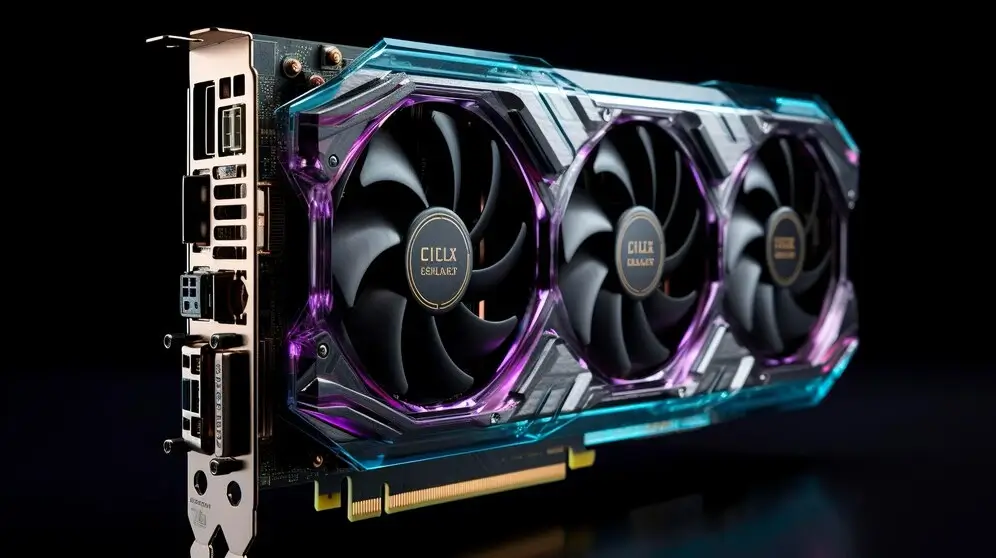
The NVIDIA GeForce GTX 1050 Ti Max-Q is built on the 14nm manufacturing process and is based on the GP107 graphics processor.
It has a total of 768 CUDA cores, 48 texture units, and 32 ROP units.
The GPU clock speed of this card is 1090 MHz, which can boost up to 1291 MHz.
The memory clock speed is 1752 MHz, and it has a 128-bit memory interface.
It has a TDP of 40W, which is lower than the standard GTX 1050 Ti.
This is achieved by using a combination of hardware and software optimizations.
The Max-Q design allows for thinner and lighter laptops without sacrificing performance.
It also features NVIDIA’s BatteryBoost technology, which reduces power consumption and extends battery life.
This graphics processing unit supports DirectX 12, OpenGL 4.5, and Vulkan APIs.
It also supports NVIDIA’s G-Sync technology, which synchronizes the display refresh rate with the GPU’s frame rate for smoother gameplay.
The card also supports NVIDIA Ansel, which allows you to take in-game screenshots in high resolution and apply various filters and effects.
In terms of display outputs, the GTX 1050 Ti Max-Q has a single HDMI 2.0b port and a single DisplayPort 1.4 port. It also supports HDCP 2.2 for playing back-protected content.
The card can drive up to 3 displays simultaneously.
Display Support
The Nvidia GeForce GTX 1050 Ti Max-Q is a great graphics card that can handle most modern games. But what about display support?
Let’s look at what this graphics card can do.
The GTX 1050 Ti Max-Q supports up to 3 displays at once. This is great news for those who need to multitask or for gamers who want to have multiple screens for their games.
The card supports a maximum resolution of 7680 x 4320 at 60 Hz. This means that you can have a 4K display with a refresh rate of 60 Hz.
The card also supports HDR (High Dynamic Range) content. HDR is a feature that allows for more realistic colors and contrast in games and videos.
It can make a big difference in the overall visual quality of your content.
Connectivity Ports
The Nvidia GeForce GTX 1050 Ti Max-Q is equipped with a variety of connectivity ports to allow you to connect to a wide range of devices.
Display Ports
The graphics card features three display ports: one DVI port, one HDMI 2.0 port, and one DisplayPort 1.4a.
These ports allow you to connect a variety of displays, including monitors, projectors, and televisions.
The HDMI port supports resolutions of up to 4096×2160 at 60Hz, while the DisplayPort supports resolutions of up to 7680×4320 at 60Hz.
Power Connector
The Nvidia GeForce GTX 1050 Ti Max-Q does not require any additional power connector, as it draws all the power it needs from the PCI-Express 3.0 x16 interface.
This makes it a great option for those who are looking for a graphics card that doesn’t require a lot of power.
Other Ports
In addition to the display ports, the graphics card also features a range of other ports, including a USB Type-C port, an audio jack, and a power connector.
The USB Type-C port supports DisplayPort 1.4 and HDMI 2.0 and can be used to connect to a variety of devices, including external displays and VR headsets.
Gaming Performance
The Nvidia GeForce GTX 1050 Ti Max-Q is a capable graphics card that can handle most modern games at medium to high settings.
With its 768 CUDA cores and 4GB of GDDR5 memory, it can deliver smooth frame rates in games like Fortnite, Apex Legends, and Overwatch.
At 1080p resolution, it can easily achieve 60 FPS in most games at medium to high settings.

In more demanding games like Cyberpunk 2077, Assassin’s Creed Odyssey, and Shadow of the Tomb Raider, you may need to lower the settings to achieve a stable 60 FPS, but it is still playable.
If you are looking to play games at higher resolutions like 1440p or 4K, the GTX 1050 Ti Max-Q may struggle to maintain playable frame rates.
However, it can still be used for casual gaming at those resolutions or for less demanding games.
Graphics Performance
The Nvidia GeForce GTX 1050 Ti Max-Q is a mobile graphics card that offers decent gaming performance for its price.
It is built on the 14 nm process and based on the GP107 graphics processor, in its N17P-G1-A1 variant.
The chip supports DirectX 12 and has a base clock speed of 1493 MHz and a boost clock speed of 1620 MHz.
In terms of gaming performance, it can handle most modern games at 1080p resolution and medium to high graphics settings.
However, it may struggle with more demanding games at higher graphics settings.
According to UserBenchmark, the GTX 1050 Ti Max-Q has an average benchmark score of 25.3%.g
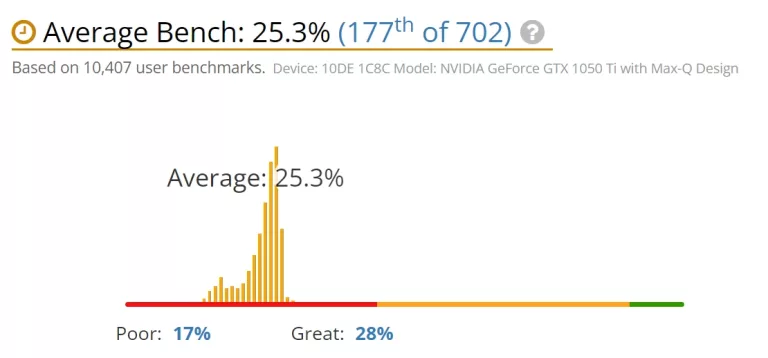
One of the advantages of the Max-Q design is its lower power consumption compared to regular GTX 1050 Ti for laptops.
Its power consumption is rated at 40 to 46 watts, which is significantly lower than the regular GTX 1050 Ti for laptops at 53 watts.
This means that laptops with this GPU can have longer battery life and run cooler.
Thermal Performance
The Nvidia GeForce GTX 1050 Ti Max-Q is a graphics card designed for laptops. One of the most important factors to consider when using a laptop is thermal performance.
The Max-Q design of the GTX 1050 Ti is optimized for thermal efficiency, which means that it should run cooler than other graphics cards.
According to Tom’s Hardware Forum, the safe temperature range for a GTX 1050 Ti varies depending on the brand and model of the graphics card.
For passively cooled cards, such as the Palit GTX 1050 Ti KalmX 4GB, a load temperature of 74°C to 75°C is expected.
For cards with an active cooler, the load temperature can range from 57°C to 66°C depending on the brand and model.
It is important to note that thermal performance can be affected by factors such as the laptop’s cooling system, the ambient temperature, and the workload of the graphics card.
If you are experiencing high temperatures with your 1050 Ti Max-Q, it may be worth considering additional cooling solutions such as a laptop cooling pad or an external cooling fan.
Power Consumption
The power consumption of the Nvidia GeForce GTX 1050 Ti Max-Q is rated at 40 to 46 watts, making it more power-efficient than the regular GTX 1050 Ti for laptops, which has a power consumption of 53 watts.
This lower power consumption is due to the Max-Q design, which is optimized for power efficiency while still providing good performance.
When used to play games, this GPU uses around 75 watt-hours per hour at peak, which is equivalent to 0.075 kilowatt-hours per hour.
This means that with gamers averaging 8.5 hours per week of gaming, the weekly power consumption of this card is just 0.64 kilowatt-hours.
It’s worth noting that power consumption can vary depending on the specific laptop model and the games being played.
Some games may require more power than others, and some laptops may have more power-hungry components that can affect overall power consumption.
Performance Analysis
The Nvidia GeForce GTX 1050 Ti Max-Q is a mid-range mobile graphics card that is designed for gaming laptops.
It features the GP107 chip, which is manufactured in a 14nm FinFET process at Samsung.
The card offers a number of new features, including support for DisplayPort 1.4 (ready), HDMI 2.0b, HDR, and Simultaneous Multi-Projection (SMP).
It has 768 CUDA cores, 48 texture units, and 32 ROPs.
It also has a base clock speed of 1493 MHz and a boost clock speed of 1620 MHz. The card has 4GB of GDDR5 memory with a 128-bit memory interface.
The memory clock speed is 1752 MHz, and the memory bandwidth is 112.1 GB/s.
In terms of gaming performance, the GTX 1050 Ti Max-Q can run most modern games at 1080p resolution with medium to high settings.
Compatibility Requirements
Hardware Requirements
The Nvidia GeForce GTX 1050 Ti Max-Q is a mobile graphics chip designed for laptops.
For desktop systems, you will need to purchase a separate graphics card.
Here are the minimum hardware requirements for the Nvidia GeForce GTX 1050 Ti Max-Q:
- GPU: The graphics card requires a minimum of 2GB or 4GB of GDDR5 memory and a clock speed of 1151 – 1290 MHz, with the ability to run up to 1417 MHz.
- Cooling System: It generates a significant amount of heat, so it is important to ensure that your laptop has an efficient cooling system to prevent overheating.
The specific cooling system requirements will vary depending on the laptop model.
Software Requirements
In addition to the hardware requirements, your laptop must also meet the following software requirements to ensure compatibility with the Nvidia GeForce GTX 1050 Ti Max-Q:
- Operating System: The graphics card is compatible with Windows 10 64-bit operating system.
- Driver: You will need to download and install the latest Nvidia GeForce driver to ensure that your graphics card is functioning optimally. The driver can be downloaded from the official Nvidia website.
- DirectX: The graphics card supports DirectX 12, which is included with Windows 10.
User Reviews
A user who just switched to this graphic card and is satisfied with it. He reviewed this GPU on Amazon as “Gave my 2016 Dell 8900 the ability to play some current city builder games.”
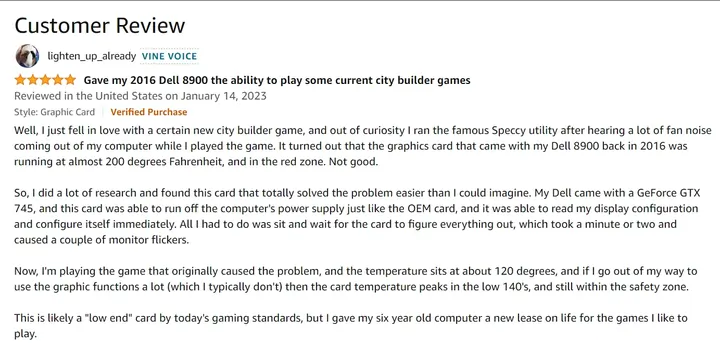
Another user is reviewing it on Amazon as,

Read Also: NVIDIA GeForce GTX 590: Everything You Need To Know
Final Verdict
Overall, the Nvidia GeForce GTX 1050 Ti Max-Q is a solid graphics card that offers good performance and power efficiency.
It is a great option for those who want to play modern games at 1080p resolution without breaking the bank.
One thing to keep in mind is that this is not the most powerful graphics card out there.
If you are looking for a budget-friendly option for gaming at 1080p resolution, the GTX 1050 Ti Max-Q is worth considering.
